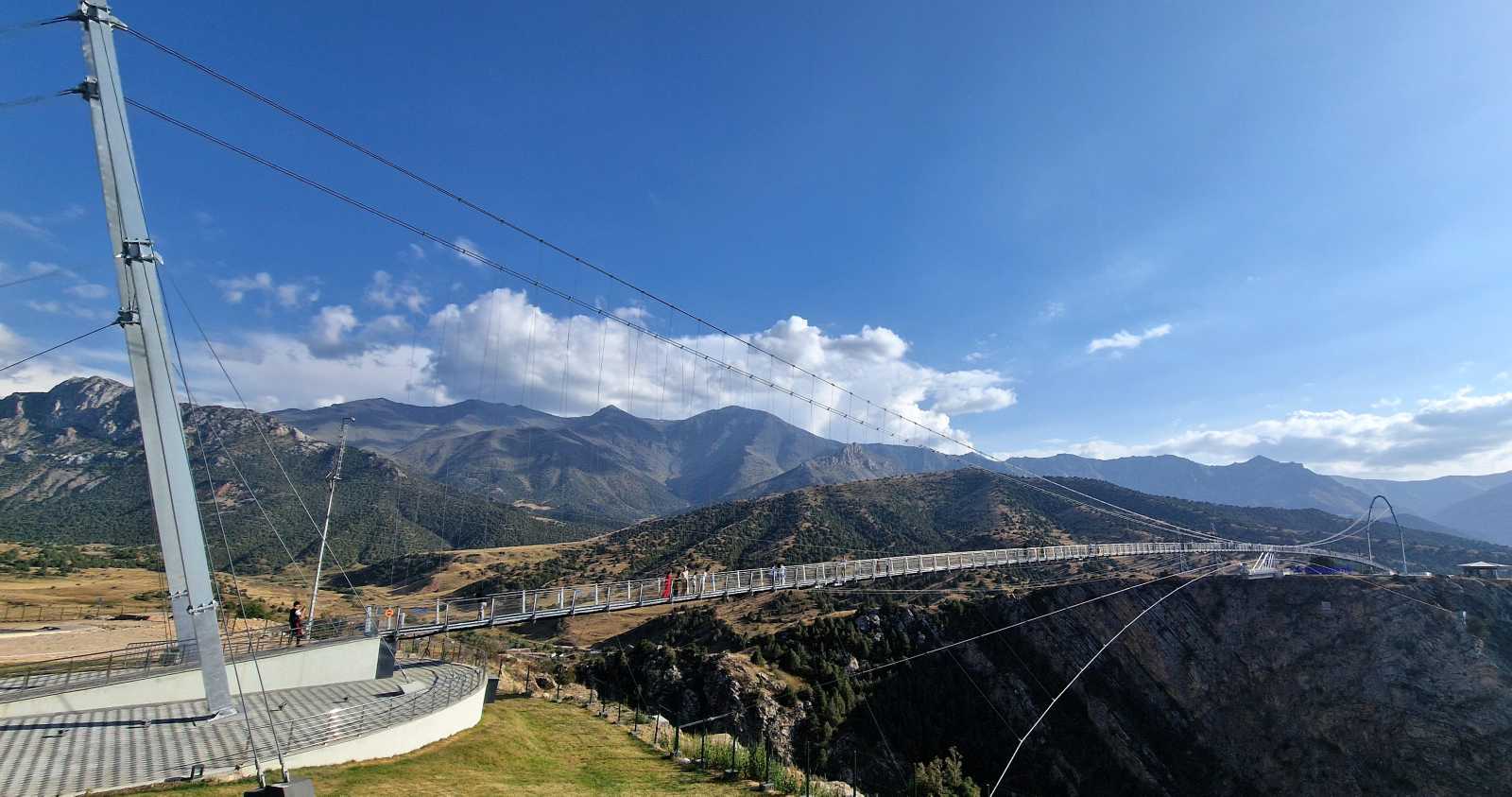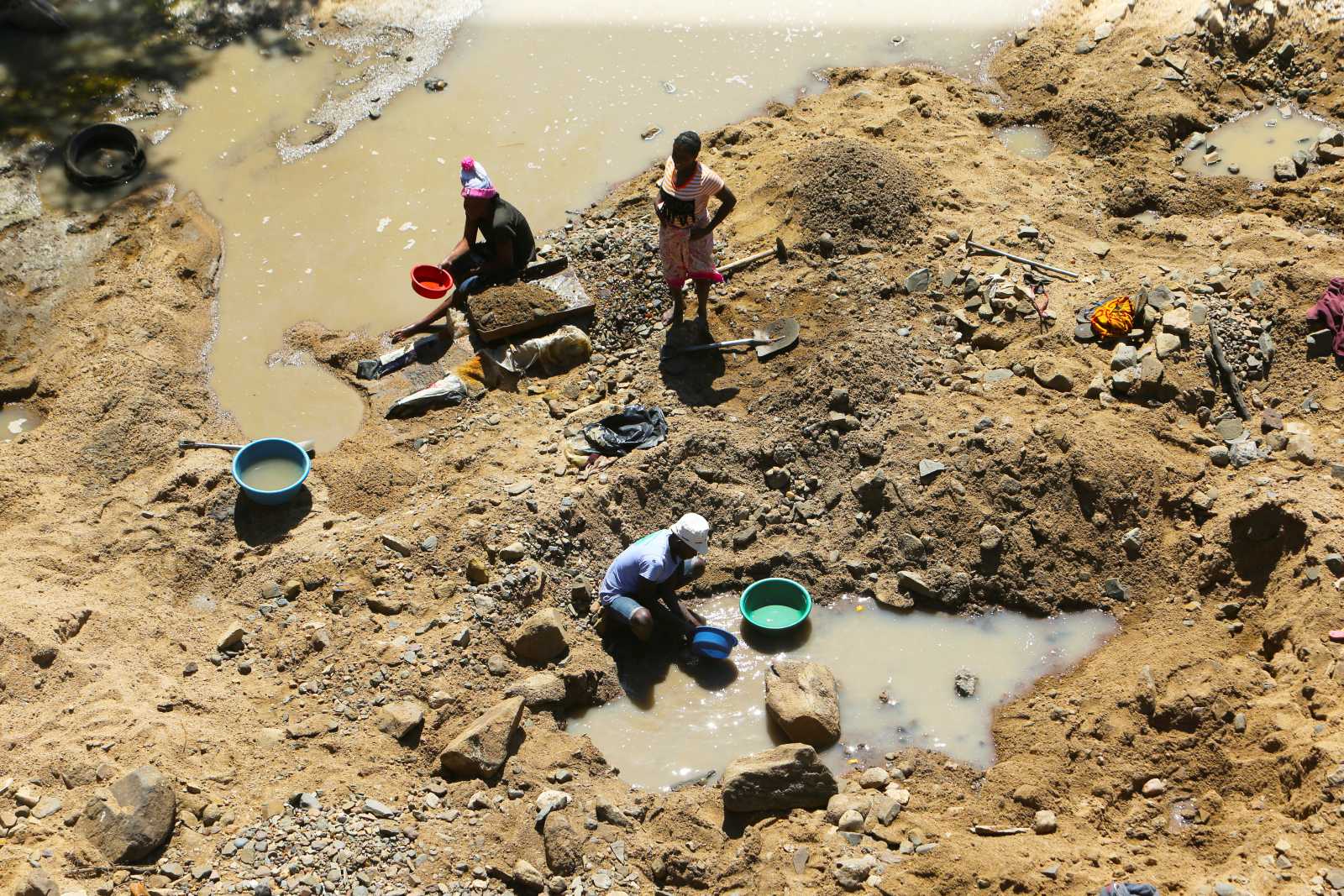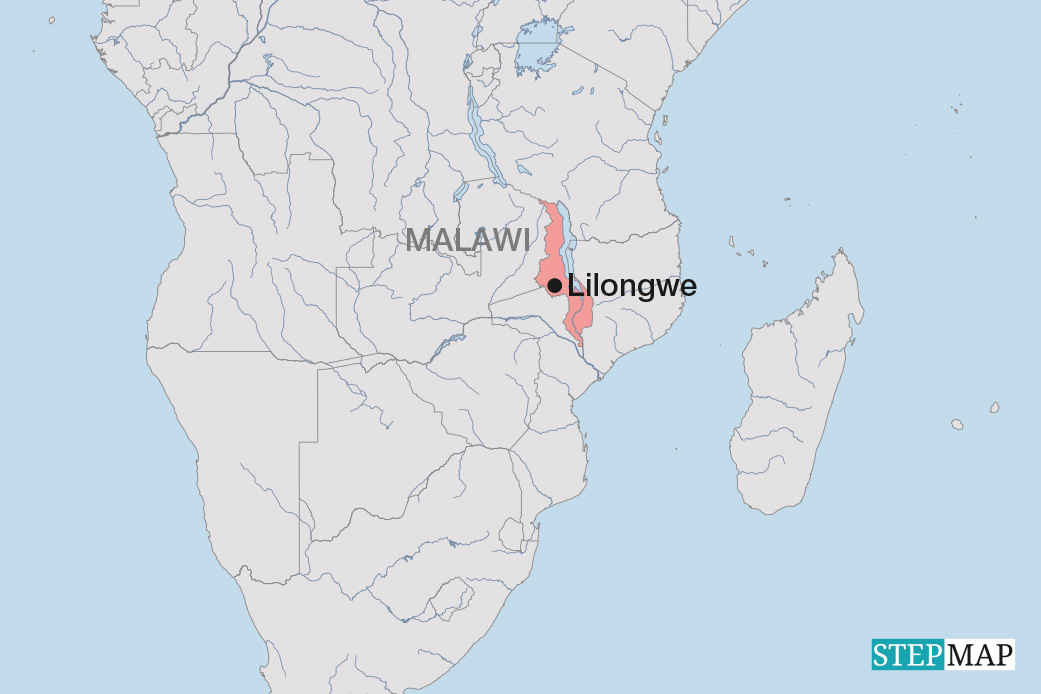Urban development
Wasteful buildings
By Caroline Triml
Turkey’s Sekerbank understands that energy-efficient architecture makes sense, which is why it offers a special “eco-loan” for such investments, as the bank’s employee Tuncay Gülfer explains. She says the product is “unique and in great demand” in Turkey. For such loans, Sekerbank cooperates with the Green for Growth Fund, which lends banks capital at favourable terms for environment-related credits. Germany’s KfW Development Bank is a shareholder of the Fund. Sekerbank also cooperates with more than 500 providers of products such as insulation materials, solar arrays and energy-saving lighting.
Like Sekerbank, India’s National Housing Bank also promotes energy efficiency in buildings. It cooperates with the Energy and Resource Institute (TERI), which determines the energy-saving potential of building projects. If a building’s energy consumption is 30 % below the standard, building owners and renovators are eligible for low-interest loans. TERI’s Mili Majumdar says the concept is tailored to various regions and climate zones. The KfW Development Bank has given the National Housing Bank € 50 million in loans for such purposes.
While energy efficiency seems an obvious principle, it is not easy to implement in practice. “Architects, banks, construction workers, lawyers, and even politicians have to be won over for it to work out,” says Tanmay Tathagat of Environmental Design Solutions, an engineering firm in New Delhi. He says that all parties involved need incentives.
Rising energy costs make investments in efficiency attractive. Manfred Konukiewitz of the German Ministry of Economic Cooperation and Development points out, however, that the oil price on the world market is less important than impending climate change. State-run awareness raising makes sense, and so do incentives, such as low-interest loans for related investments.
The cities in many developing countries and emerging markets are growing rapidly. In India, at the beginning of the millennium, just under 30 % of the population – 1 billion people at the time – lived in cities, according to official statistics. But by 2050, India will probably have 60 % more people, and almost all of that growth will take place in cities. Majumdar estimates that by mid-century, 70 % of Indians will live in urban areas. She argues that energy efficiency is crucial both economically and ecologically.
Mexican authorities expect some six million new homes and apartments to be constructed this year. The government is interested in making all this development as environmentally friendly as possible. The country’s National Housing Commission (CONAVI) specifies the parameters for sustainability, thereby defining the minimum criteria for subsidised “green” mortgages. Since this year, the criteria not only include efficient use of water and energy, but also location: The closer you are to the city centre, the more you are eligible for a loan – the idea is to reduce traffic.
“Green mortgages are designed to make homes affordable for families,” CONAVI’s Jorge Wolpert stated at a conference organised by the KfW Development Bank in Frankfurt in February. Indian expert Tathagat says that this kind of international exchange is valuable: “Experience and challenges are very, very similar.” He also points out, however, that policies have to be tailored to a country’s specific conditions.
Caroline Triml







